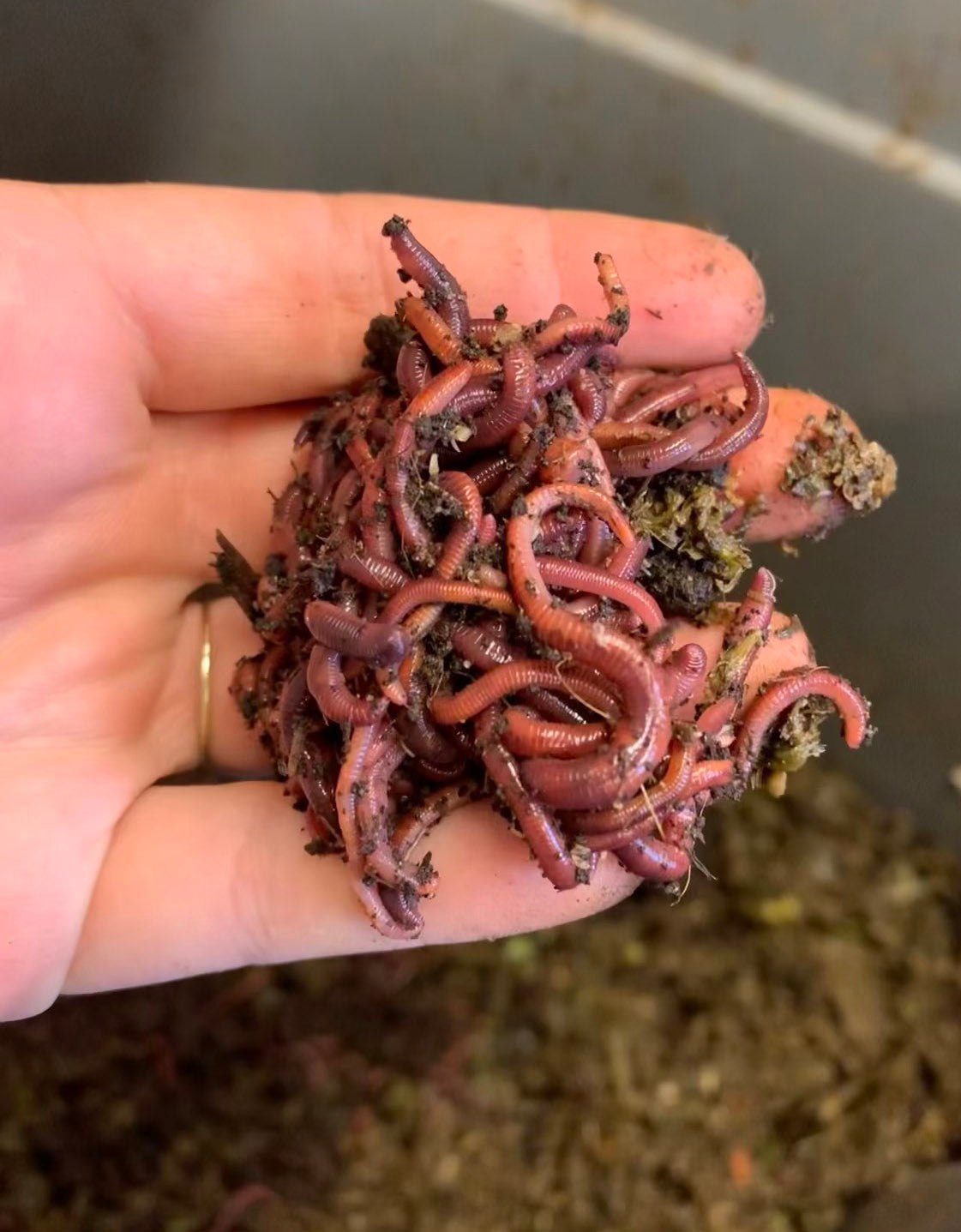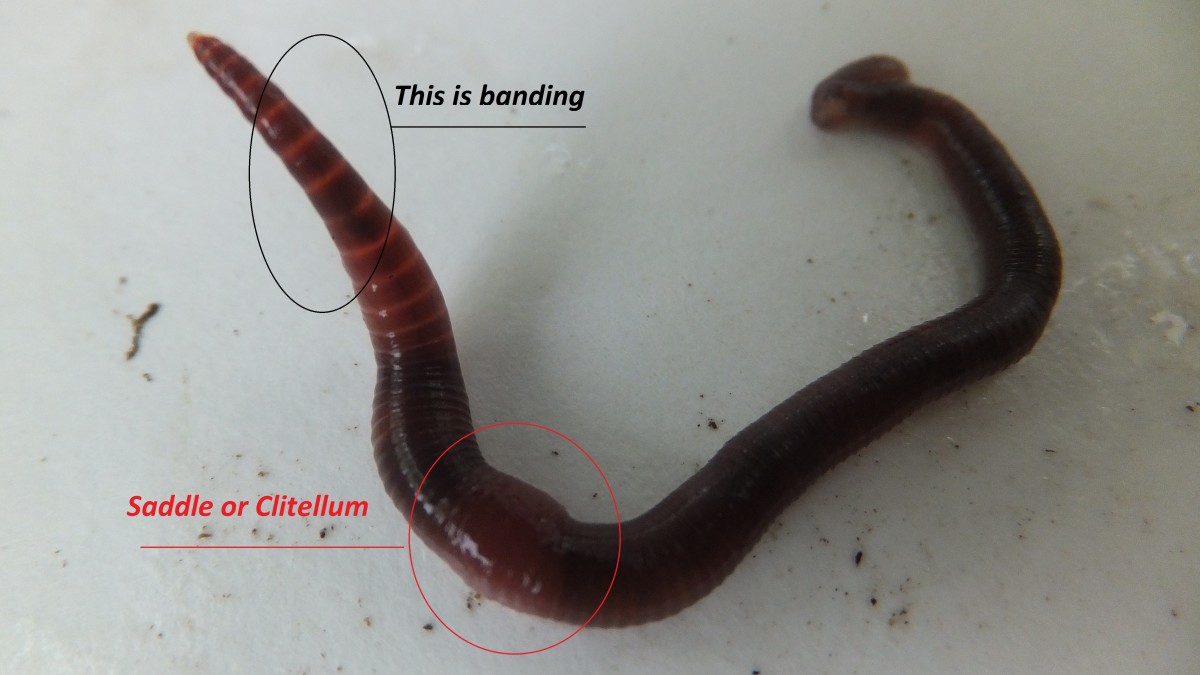Lake Hickory Bait: Trusted Supplies for Every Season of Fishing
Exactly How Red Wigglers Can Transform Your Composting Experience
The assimilation of red wigglers into composting methods supplies a transformative strategy to waste monitoring and dirt enrichment. Recognizing the particular demands and benefits associated with preserving a flourishing worm populace is crucial for optimizing their possibility.
Advantages of Red Wigglers
Red wigglers, medically known as Eisenia fetida, are a cornerstone of effective composting systems due to their exceptional ability to decompose raw material effectively. These worms master changing cooking area scraps, yard waste, and various other organic products right into nutrient-rich garden compost, frequently referred to as worm spreadings. Lake Hickory Bait. This procedure not just decreases land fill waste but additionally contributes to lasting gardening methods
Among the key benefits of red wigglers is their high recreation price, enabling them to occupy a composting setting rapidly. This rapid multiplication boosts disintegration rates, causing faster garden compost manufacturing. In addition, red wigglers thrive in a diverse series of problems, making them adaptable to numerous composting configurations.

Establishing Your Worm Container
(Granite Falls NC Worms For Sale)To create an efficient worm container for composting, mindful focus must be provided to its style and environment. A perfect worm bin should be constructed of materials that are resilient yet enable necessary air movement, such as plastic or wood. The dimension of the bin can differ, however a quantity of approximately 1 square foot per pound of worms is a great starting point.
Ensure that the bin has water drainage openings to protect against water build-up, which can result in anaerobic problems harmful to the worms. Additionally, including ventilation openings will help maintain correct moisture degrees and oxygen flow.
Following, it is necessary to supply bed linens for the worms, which can include shredded newspaper, cardboard, or coconut coir. This bed linens not only uses a habitat for the worms yet likewise aids in dampness retention.
Placement the worm container in a place that preserves a temperature range of 55-77 ° F(13-25 ° C) to optimize worm activity. Prevent putting the container in straight sunlight or severe temperatures. By following these standards, you can develop a helpful environment for red wigglers, enhancing the efficiency of your composting procedure.
What to Feed Your Worms

(Red Wiggler Express)Red wigglers particularly enjoy soft, wet foods like watermelon skins, cucumber peels, and banana peels. Nevertheless, it is vital to stay clear of feeding them citrus fruits, onions, and garlic, as these can be detrimental to their health. In addition, cooked foods, milk products, and meat must be purely prevented, as they can cause odors and bring in bugs.
To maintain optimal problems, it's suggested to cut bigger scraps right into smaller pieces, promoting quicker disintegration. Start by introducing little amounts of food and check the worms' consumption rate; adjust appropriately to stop overfeeding, which can produce an undesirable setting. Finally, supplying a consistent feeding schedule will aid maintain your worm population flourishing while boosting the total efficiency of your composting initiatives. By understanding what to feed your worms, you prepared for an effective and lasting composting experience.
Preserving a Healthy Habitat
Producing a flourishing composting atmosphere for red wigglers calls for focus to their environment, as it straight influences their health and productivity. The optimal environment needs to maintain a balanced dampness level, generally in between 60-70%. Too much wetness can bring about anaerobic conditions, while not enough wetness may dry out the worms.

The bedding material in the compost need to be varied and shredded, incorporating products like cardboard, paper, and coconut coir. This not just gives a comfortable environment yet also offers as a food resource. Lake Hickory Bait. On a regular basis looking for smells or signs of bugs can aid identify prospective issues before they escalate
Finally, keeping a well balanced pH degree, ideally between 6 and 7, useful site makes sure a helpful environment for red wigglers, fostering their ability to process raw material successfully. By dealing with these factors, you can develop a lasting and effective composting environment.
Harvesting and Utilizing Garden Compost
Collecting garden compost from a worm bin is a fulfilling process that changes natural waste into nutrient-rich material for yards and plants. This can be done making use of approaches such as the "light" approach, where worms are drawn in to light and can be scooped away from the top layers, or by moving the compost to one side of the bin and adding fresh bed linen to the other side, urging the worms to migrate.
When the worms are gotten rid of, the continuing to be garden compost can be sifted to remove any kind of larger particles or undecomposed material. The final item ought to have a dark, brittle appearance and a positive natural smell, indicating that it is ready for use. This abundant compost can be applied directly to garden beds, combined into potting soil, or used as a top clothing for potted plants. By incorporating vermicompost right into your horticulture practices, you not only boost dirt fertility yet additionally promote healthy and balanced plant development and sustainable horticulture approaches.
Final Thought
Including red wigglers right into composting techniques considerably enhances the decay procedure and contributes to the production of nutrient-rich vermicompost. Their adaptability to numerous environments and high recreation rates make sure a sustainable populace, which efficiently damages down organic issue. The resulting worm castings improve soil framework, fertility, and microbial task, ultimately promoting healthier plant growth. Consequently, the integration of red wigglers right into composting not only maximizes waste monitoring yet also enhances garden ecosystems.